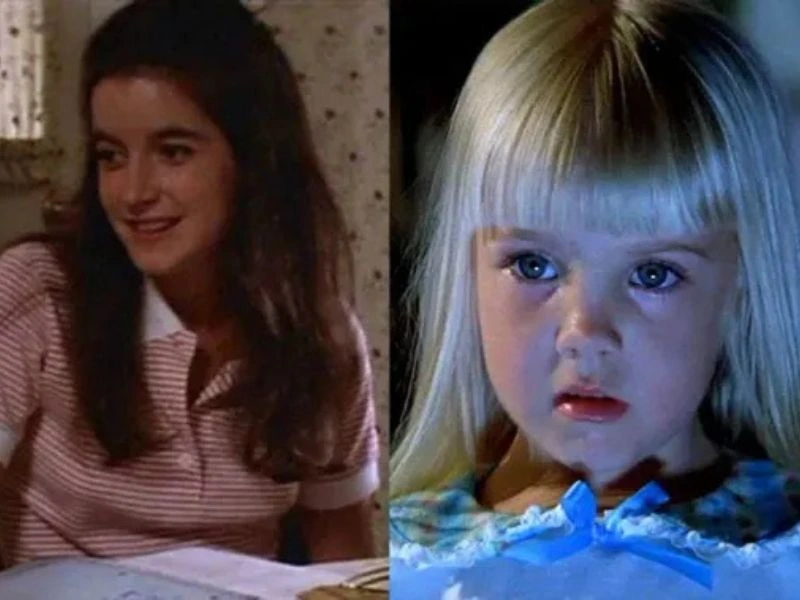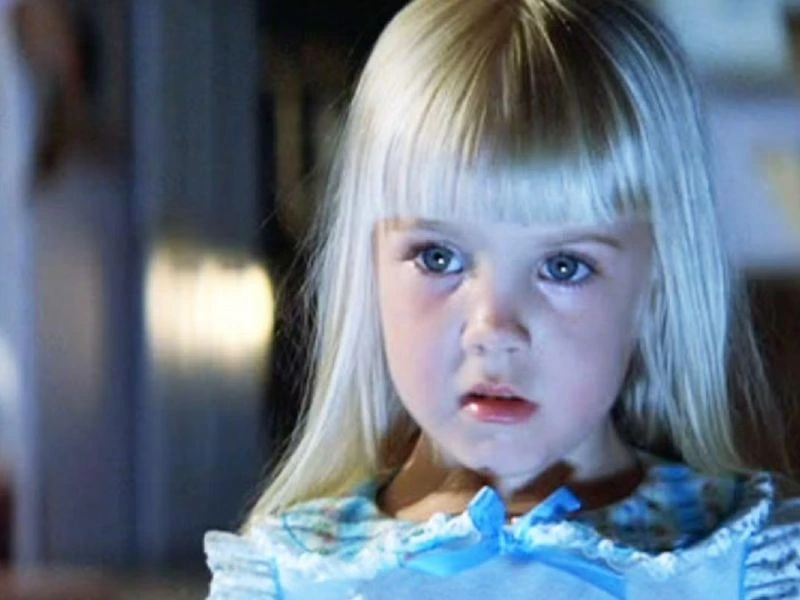Few films have left a mark on horror cinema like Poltergeist (1982). Directed by Tobe Hooper, with Steven Spielberg as a writer and producer, this supernatural horror classic has terrified audiences for decades. But beyond its iconic moments and chilling premise lies a long-standing controversy that has fueled its infamy over the years—the claim that real human skeletons were used during its filming.
This revelation raises questions about ethics, creative decision-making, and even the “curse” that rumors say plagues the film. Let’s explore the deeper story behind this cinematic controversy, attempting to understand the reasons behind this unusual choice and its impact on the legacy of Poltergeist.
The Controversy Over Real Skeletons in Poltergeist
The 1982 release of Poltergeist quickly cemented its place as a horror masterpiece, but it was only later that a chilling fact about its production came to light. During the filming of the notorious swimming pool scene—where the character Diane Freeling (played by JoBeth Williams) finds herself surrounded by skeletons—it was revealed that the skeletons weren’t props. They were real human bones.
The news disturbed many fans and sparked heated discussions. Could a production of this scale and reputation really have taken such a drastic step? Furthermore, why was this decision made at all? This revelation would come to play a significant role in coloring the film’s legacy, both as a horror classic and as a topic of discomfort for moviegoers.
Why Were Real Skeletons Used?
The decision to use real human skeletons in the production of Poltergeist was, perhaps shockingly, surprisingly common in Hollywood at the time. Special effects artist Craig Reardon, who worked on the film, noted in later interviews that real skeletons were more accessible and cost-effective than artificial ones during the early 1980s. Synthetic skeletons, required to appear convincingly lifelike, were expensive and less detailed than human bones.
Reardon clarified that such materials were often sourced from medical supply companies. These skeletons had primarily been donated for educational or research purposes, but studios found they could repurpose them for “realism” in films. While common practice back then, no doubt, this admission sparked unease among modern audiences who learned about it only after the movie’s release.

Cast and Crew Reactions
The revelation of real skeletons didn’t sit well with all members of the cast and crew. JoBeth Williams, who played the mother in the film, later shared her discomfort about learning she had filmed the pool sequence surrounded by actual human remains. Williams recounted being told to push through the scene despite her fear—a situation made even more tense after learning about the skeletons’ origins.
The unease was not limited to the physical set of the movie. Reports of strange occurrences on and off set—ranging from malfunctioning props to the tragic deaths of cast members—have contributed to rumors of a Poltergeist curse. Whether or not this supposed curse can be attributed to the use of real bones remains a subject of speculation, but the claims added an eerie dimension to the entire production.
Ethical Implications
One of the most significant discussions sparked by Poltergeist’s use of real skeletons centers on ethics. At the heart of the controversy lies an important question: Was it ethical to prioritize cinematic realism over respecting the remains of human beings?
Critics argue that the practice reduced human remains to tools of production, disregarding the dignity often afforded to deceased individuals. For audiences, this knowledge can be unsettling, raising concerns about transparency and consent. Even if the skeletons were legally acquired, their use in a horror film—designed to shock and entertain—feels inappropriate to many.
The ethics of similar practices have largely shifted in modern filmmaking. Contemporary audiences and production teams expect filmmakers to avoid such methods, especially given the advancements in special effects technology. Ironically, for Poltergeist, a film about disturbing the dead, the line between art and disrespect became blurred in a way that the filmmakers surely didn’t anticipate.
The Impact on Poltergeist’s Legacy
How does this knowledge affect audiences’ perception of Poltergeist today? For some, it adds a layer of horror beyond the film’s fictional story. Knowing that real skeletons were used creates an additional sense of discomfort—one rooted not in the supernatural but in reality. The decision to use human remains has become as talked-about as the plot itself, forever linking it to broader cultural debates about ethics in art.
For others, it contributes to the mystique surrounding Poltergeist. The film’s “cursed” reputation, whether based on truth or coincidence, has become part of its marketing appeal over the years. Love it or hate it, discussions of the skeleton controversy continue to breathe life into the 40-year-old classic, ensuring its place in the public imagination.
Remembering Poltergeist Through a New Lens
Poltergeist is undoubtedly one of the most iconic horror films of all time. However, the controversy over its production practices compels us to reconsider how movies are made and the ethical lines that shouldn’t be crossed. While the film remains a landmark achievement in the genre, the decision to rely on real skeletons stands as a reminder of Hollywood’s evolving standards.
Ultimately, Poltergeist’s mixed legacy underscores the importance of questioning how art is created, and at what cost. The next time you rewatch the movie or hear its haunting theme, you might find yourself reflecting not just on the ghosts in the movie, but also the ethical ghosts that linger behind its creation.



